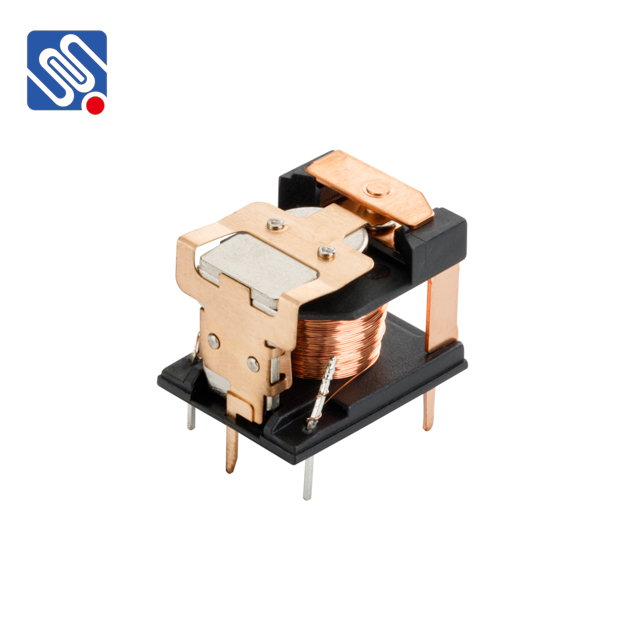relay comparison: evaluating key differences for optimal performance
Release time:2025-06-28 13:37:03
Relay comparison plays a crucial role in ensuring the efficiency and reliability of electrical systems. By examining various types of relays, their characteristics, and performance attributes, engineers can make informed decisions when selecting the best relay for a particular application. In this article, we will explore the essential aspects of relay comparison, including electrical ratings, contact configurations, response times, durability, and power loss, all of which are critical factors in choosing the right relay for specific needs.

1. Understanding the Basics of Relays
A relay is an electrically operated switch used to control high-current circuits with low-current control signals. It typically consists of a coil, a set of contacts, and a spring mechanism. When an electrical current flows through the coil, it generates a magnetic field that either opens or closes the contacts, thereby controlling the flow of current in the circuit. Relays are widely used in applications such as automation, safety systems, and electrical protection.
The core function of a relay is to switch circuits on and off without directly manipulating the high-power components. Because of their importance, selecting the right relay becomes a fundamental task in designing efficient and safe electrical systems.

